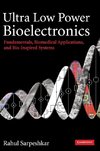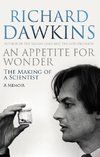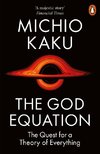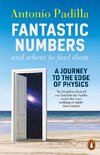
-
 Anglický jazyk
Anglický jazyk
Radioactivity, introduction and definitions
Autor: Hasna Ait Bouh
Radioactivity is present everywhere in the universe in the atmosphere or in the earth's crust which contain radioactive elements. Radioactivity is the physical phenomenon by which the nuclei of unstable atoms spontaneously transform into other atoms by simultaneously... Viac o knihe
Na objednávku, dodanie 2-4 týždne
40.68 €
bežná cena: 45.20 €
O knihe
Radioactivity is present everywhere in the universe in the atmosphere or in the earth's crust which contain radioactive elements. Radioactivity is the physical phenomenon by which the nuclei of unstable atoms spontaneously transform into other atoms by simultaneously emitting radiation. Radioactivity is not a human invention. This natural phenomenon was discovered at the end of the 19th century by the French Henri Becquerel. Radioactivity has many applications, most of which are beneficial for humans, such as its application in medicine, which allows effective prevention against certain diseases. Radioactivity also makes it possible to sterilize food by killing the bacteria present in it. In addition, radioactivity allowed the estimation of the geological age of certain objects (for example: sediment core). However, its use requires respecting certain safety rules and reducing the risks associated with its use. This brochure brings together, in a simple way, information on everything related to radioactivity, including definitions, origins, sources, types of decay and exposure, impacts on biota and human health, nuclear reactions and accidents as well as some analytical techniques.
- Vydavateľstvo: LAP LAMBERT Academic Publishing
- Rok vydania: 2022
- Formát: Paperback
- Rozmer: 220 x 150 mm
- Jazyk: Anglický jazyk
- ISBN: 9786205519196











 Nemecký jazyk
Nemecký jazyk 
